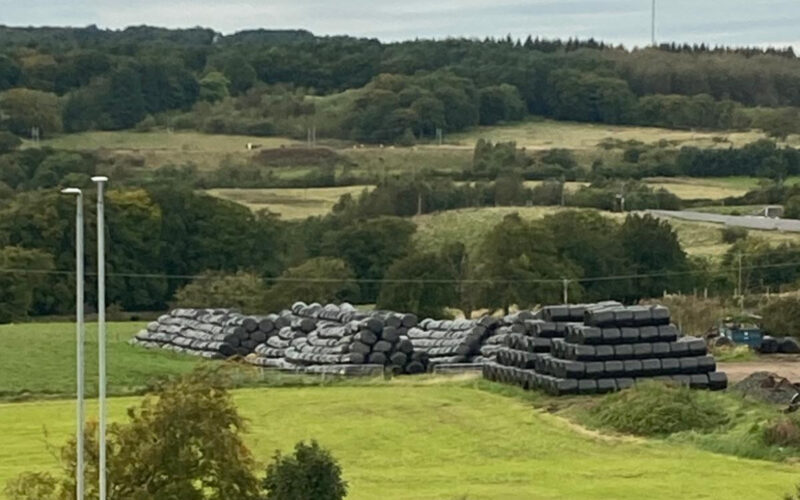Making and storing silage is an expensive operation. How you choose to store silage needs to be right for your farm, resources and requirements. There are benefits and challenges to each method.
The options for storing silage are in bales, bags or through a silage-pit / clamp system (concrete or earth banked). The decision of which option is most appropriate for your farm is ultimately based on the machinery, the infrastructure available and the numbers of animals to be fed. Many farmers operate a mix of both storing within a silage clamp and having silage bales or bags for any additional harvested crop.
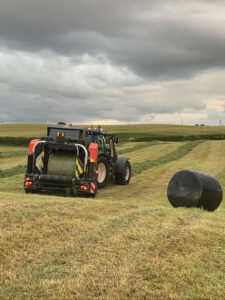
Farming and Water Scotland spoke to Robert Hunter from West Tarbrax, a family run pedigree Jersey cow dairy farm, who have moved to a fully baled silage system to understand how this system works best for their business needs.
West Tarbrax farm previously operated a mix of baling and clamp storage for silage. An opportunity arose within the business to increase cattle numbers, however, to achieve this they needed space to increase capacity. One of the options was to convert the space dedicated to the clamp and move to a bale silage system. In addition, the farm had had previous difficulties with changing weather conditions and the unpredictability of when cuts could be made in good weather windows. Moving to a bale system has offered the business the flexibility and control of baling when weather conditions are optimal and suit their needs whilst still maintaining three cuts.
The move to solely relying on bales took the farm two years. From this period Robert has seen great benefits to the business. As stated before, the flexibility to work around weather conditions has reduced the pressure from silage production and allow the focus on baling to be when ground conditions are optimal, and grass quality is prime. All work is carried out by the family using their own equipment, removing the reliance on contractors and hired equipment, particularly when weather windows are tight, and the demand is high.
Last year the farm, which was extremely wet had silage varying from 39%-51% dry matter; the farm aims for 40%. Using bales, they have noticed a vast improvement in the consistency of quality silage on farm. The bales maintain their quality and since the adoption of this system, the experience gained has contributed to reduced bale losses due to spoilage.
A key financial benefit to the farm has been the reduction on fuel costs and use of heavy machinery on the fields. The change in management practice has resulted in the removal of heavy machinery e.g. forage harvester on the fields which has reduced the associated compaction risk. The farm has also seen a financial benefit because of the reduction of fuel required.
The changing weather patterns are a constant challenge for all farms, including West Trabrax. However, having the flexibility to work around this is a offers the opportunity to mitigate the unpredictability of the weather.
Dealing with the plastic waste from this system is an obvious challenge. Currently at West Tarbrax, this is recycled, but with this type of system you will have a large amount of waste plastic that requires planned, responsible storage, and disposal.

Where silage is made and stored in bales or bags you must ensure that:
- they are situated at least 10 m away from any surface water drain, ditch, burn, river, loch or shoreline when stored, opened or unwrapped.
- they are enclosed and sealed using impermeable membranes, or bags.
- (bulk bags) be sited on a firm level surface and incorporated a facility to safely remover effluent and be resealed when not in use.
Silage effluent needs to be managed and contained. If the effluent is released into the natural environment the consequences can be catastrophic. Silage effluent can be 200 times more polluting than raw sewage. In a waterbody, it strips the oxygen, leading to fatalities for aquatic biodiversity, which can be devastating to the ecosystem. Therefore, the management and storage of silage needs to be done within regulations but also to fit your business needs, space and requirements.
Related resources
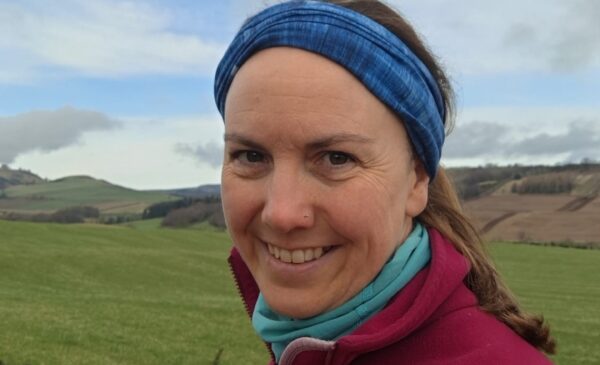
Catchment Management Plans – why are they important?
Here Ann-Marie MacMaster, Land Use and Nature-Based Solutions Project Officer with The River South Esk Partnership explains more.
Catchment management plans bring together all aspects of the water environment. They take into account…
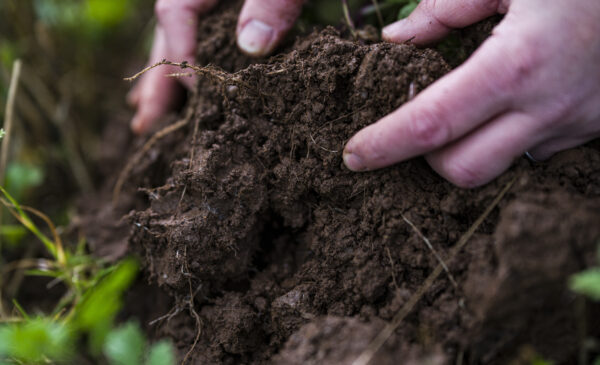
Sustaining Scottish soils
Sarah Buckingham, SAC Consulting
The importance of soils Soils underpin all nature-based systems, therefore, are vital in supporting Scotland’s…
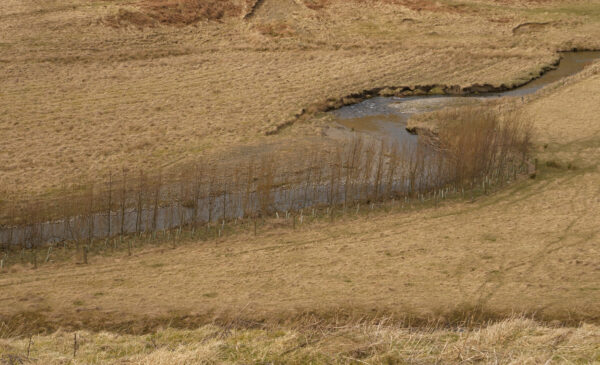
Sustainable solutions to bank erosion: how trees can help protect Scotland’s riverbanks
Helen Reid, SEPA
Scotland’s rivers are facing increasing challenges due to more frequent and intense flood events. As…

